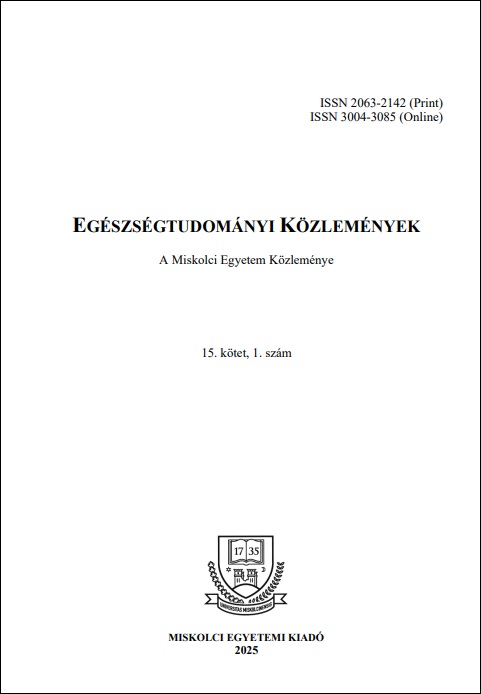DEFFERENTIAL DIAGNOSIS OF NEONATAL AND INFANTILE JAUNDICE
Defferential diagnosis of neonatal and infantile jaundice
DOI:
https://doi.org/10.32967/etk.2025.007Keywords:
Kulcszavak: Hyperbilirubinaemia, icterus, fiziológiás icterus, neonatalis cholestasisAbstract
Introduction
Jaundice, medically known as icterus, is a common symptom among newborns and infants, characterized by a yellowish discoloration of the skin and mucous membranes. In full-term, otherwise healthy newborns, jaundice is the most frequent reason for hospital readmission. (3,9) Although in most cases it is a physiological process that resolves spontaneously, underlying pathological conditions—some of which may require urgent medical attention—can also be present. Accurate differential diagnosis is crucial to ensure timely recognition of potentially serious disorders, such as hemolytic diseases, metabolic disorders, or other abnormalities affecting the liver or bile ducts. The aim of this publication is to provide a comprehensive overview of the various forms of jaundice, their pathophysiological mechanisms, diagnostic approaches, and appropriate treatment strategies.(4,9)

